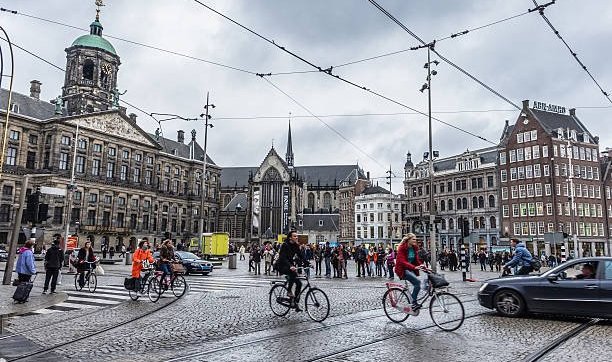The Inner Ring project consists of several subprojects, all with their own planning schedule. At this moment, more than half of the project has been completed. Especially on the east side, between the Alexanderplein and the Weteringschans, you can already have a lovely bike ride along accessible public transport stops and extra greenery. The renovation of the Weteringschans is currently in progress. Part of the new bicycle street, between Weteringschans and Spiegelgracht, is already in use. If everything goes according to plan, the Weteringschans, including the renovation of the Museum Bridge, will be completed by the end of June 2023. The outer parts of the Inner Ring, the Czaar Peterstraat to the east and the Marnixstraat to the west, are still to be renovated. The completion of the innovation of the Inner Ring is expected to be in 2027.




